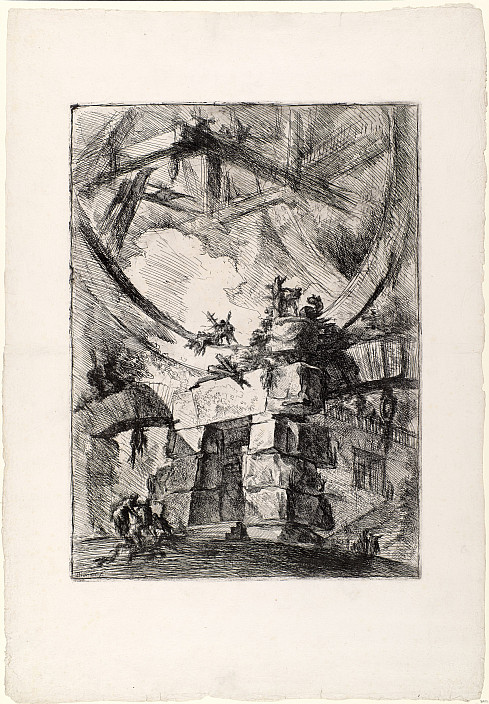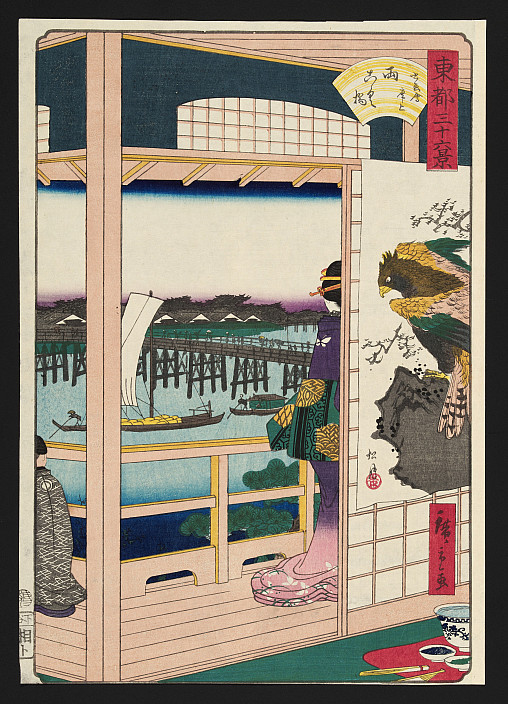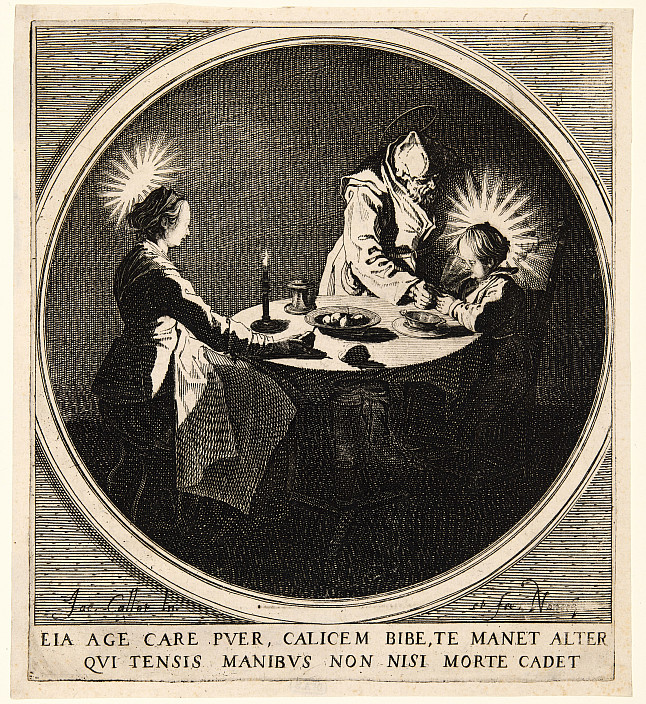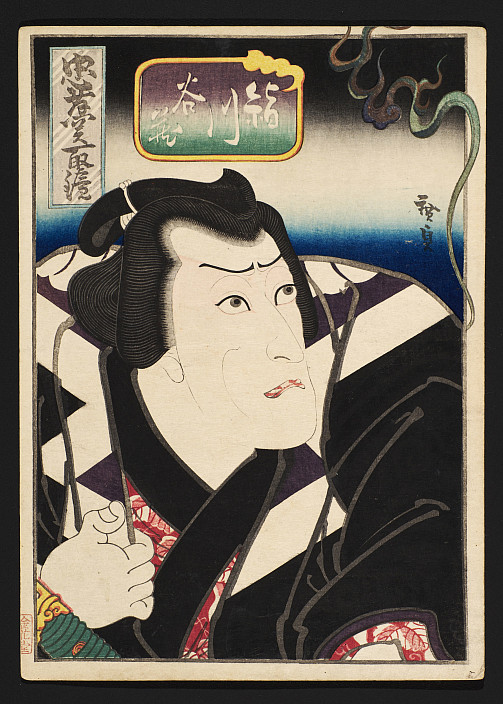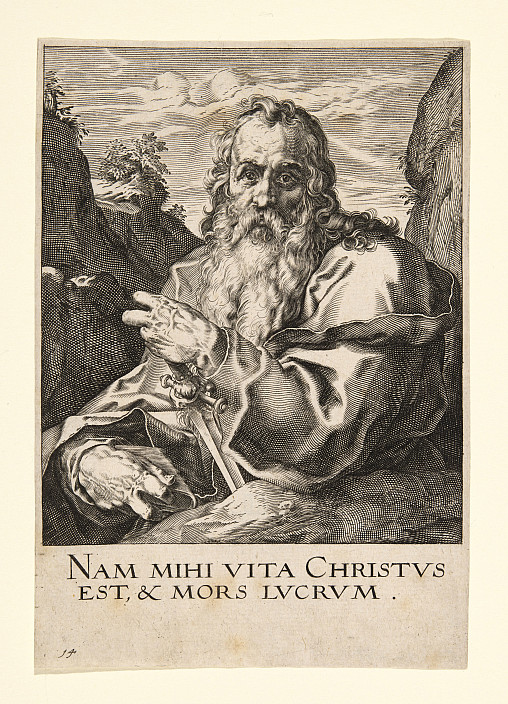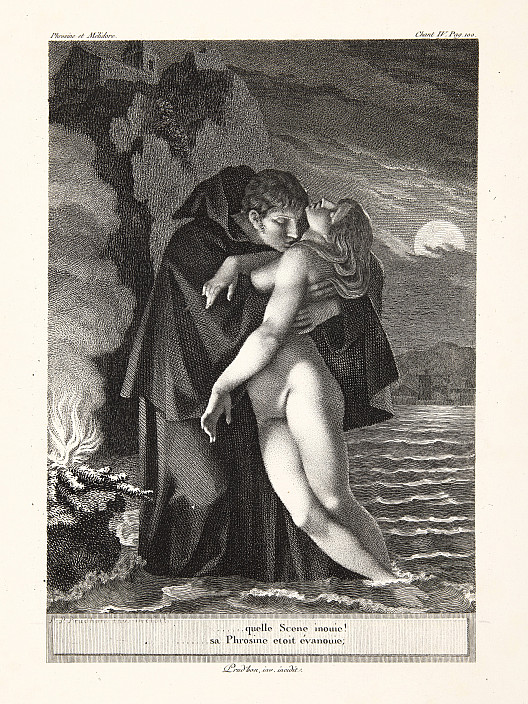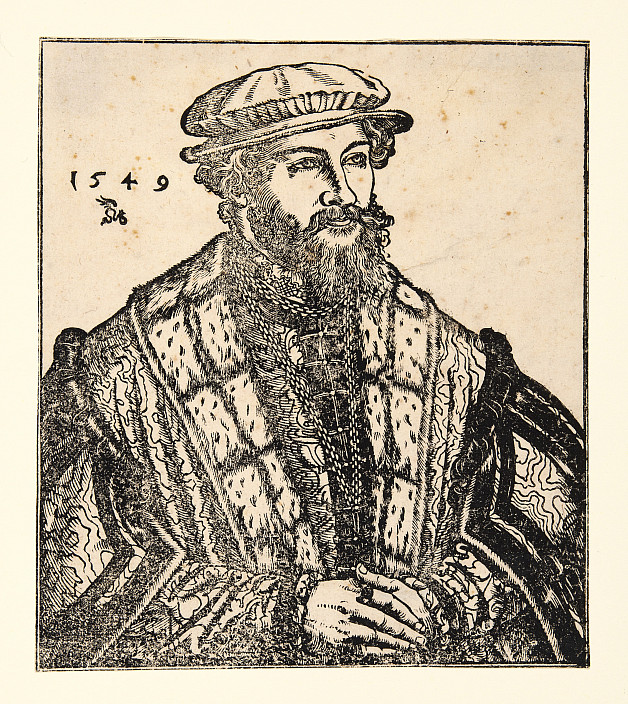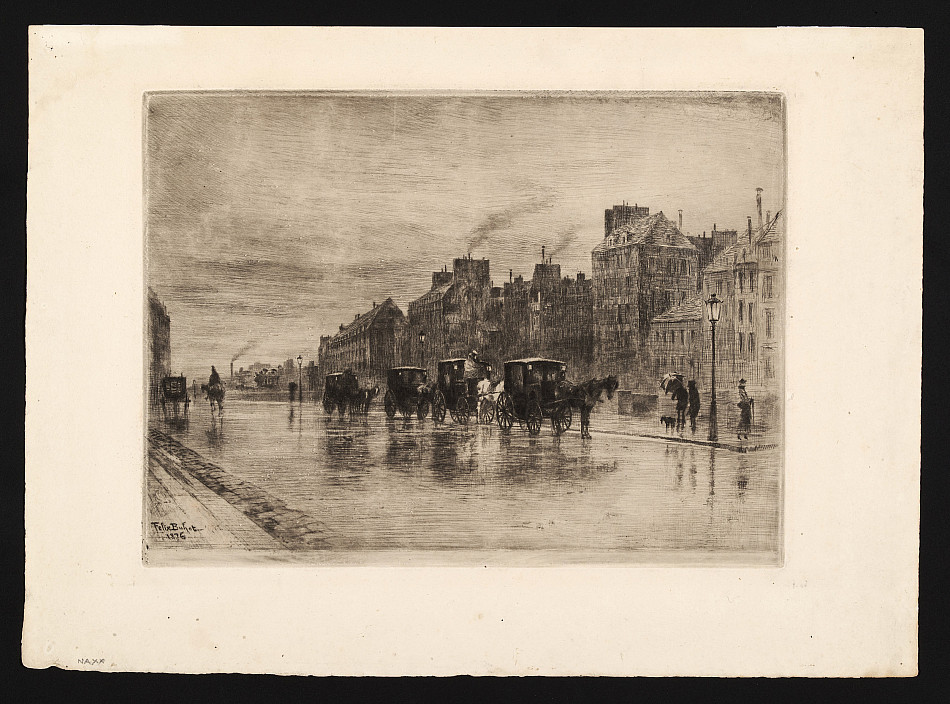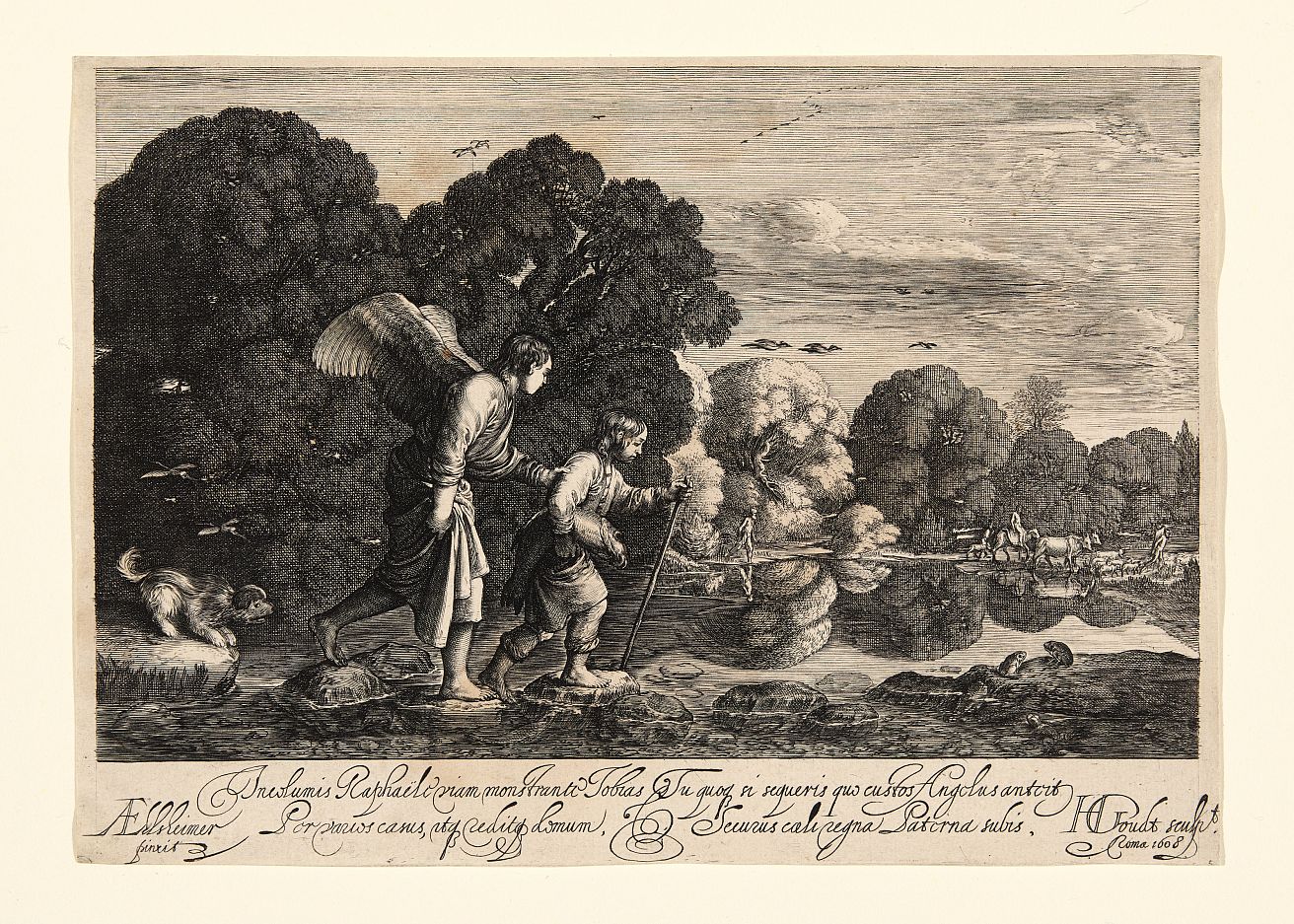
Ashley West: On Printmaking and Curating
Guest curator Ashley West shares her experience working behind the scenes on the Berman’s upcoming exhibition, Printmaking|Worldmaking.
In 2020, the Berman Museum of Art received a significant gift from Jeanine and Val Czubaroff’s personal art collection. The acquisition included over 120 Old Master prints that the couple had collected over 40 years of research and exploration. The collection features work by Albrecht Dürer, Giovani Battista Piranesi, Hendrik Goltzius, Eugene Delacroix, and Francesco Goya, among many other major figures in 17th-19th century printmaking.
The Berman has planned an exhibition for Summer/Fall 2023 to highlight the new works and put them in conversation with other modern and contemporary works on paper from the permanent collection. The museum invited Ashley West, Ph.D., Associate Professor of Northern Renaissance and Baroque Art and Director of the Art History graduate program at the Tyler School of Art and Architecture, to guest curate the exhibition. West is an art historian of the early modern period (1400-1700) with expertise in the history, practice, and theory of printmaking.
The exhibition, titled Printmaking|Worldmaking, opens on Thursday, July 20.
Here, West shares her experiences working with the Czubaroff prints and what guests can expect from the resulting exhibition:
Prints and printmaking have been a significant passion of yours throughout your career. What is it about this art form that continues to capture your interest?
For me, learning about prints and print culture late in my undergraduate studies was a wonderful jolt. It shook up almost everything I had learned about art in my other art history courses, which tended to focus solely on the grand works of painting, sculpture, and architecture.
The emergence of prints in Western Europe in the 15th century (prints existed in China and South Korea earlier!) helped launch debates about what images could and couldn’t do. With portable images in multiple, images were nearly everywhere—in books, in regular people’s homes, in taverns, and posted in public spaces.
So prints occupy this fascinating space of being both shared public images and yet also highly private and intimate in the experience of holding, touching, and owning them.
Student Perspective
“Prints are unique in the ways they are created, which makes them a fascinating medium to study. As both an undergraduate and MFA student I studied printmaking which has shaped my interest in how prints are made.
“Recently, while examining a wood engraving titled Deserted Farm by Asa Cheffetz with Dr. West, we both noticed the way in which the lines in the print created the illusion of wind blowing across the depicted field of grass. It is remarkable that an artist can convey such a fleeting movement and sensorial experience of the wind blowing in nature by incising lines in wood in a specific manner.”
- Jessica Braum
How did you and your cohort of students approach this project?
When I was first approached by the Berman, I immediately saw the value of such a show as an opportunity to involve our graduate students. Many of them are excited about working through the curatorial process from start to finish and bringing their own areas of expertise and interest. We have nine Art History grad students contributing: M.A. and Ph.D. students at every stage of their studies. With all this talent and interest, my approach has been largely student driven.
I first wanted us to spend some time talking about what we thought an exhibition should do for a college community. Then we spent a lot of time making weekly visits to the museum to familiarize ourselves with the collection, letting our interactions and the images themselves drive our overarching theme. We brainstormed together, and I think everyone’s ideas somehow ended up in the show.
Student Perspective
“I am fascinated by the visual “language” of prints: the unique marks that an etching, engraving, or woodcut can make. I also love the idea of the “multiple,” or a work of art that many people can look at simultaneously and interpret based on their unique circumstances.
“Sorting through the Czubaroff collection, particularly, has been an exciting process, almost akin to discovering a treasure trove of beloved prints. As someone who studies Dutch artists, I was especially pleased to find the breadth and depth of Haarlem-based printmakers represented and feel fortunate to include them in Printmaking | Worldmaking.”
- Brittany Rubin
Can you tell me about one of the pieces going into the exhibition that most excites you?
For me as an early modern northern scholar, I’m particularly excited about Hendrick Goltzius’s Life of the Virgin series (1593-94).
It’s a series of six engravings that tell the story of the Virgin, and it’s a triumph of Goltzius’ skill, inventiveness, and ambition. Goltzius executed each print in the style or manner of another artist. He’s essentially subsumed the hand of six different artists—Albrecht Dürer, Lucas van Leyden, Parmigianino, Raphael, and others—to show off that he can match them at their own game, and even exceed them.
He also managed all this detailed engraving with a hand that had been severely scarred and deformed from an early childhood accident. So this series is worth looking at through the lens of current discussions in disability studies as well.
What are you hoping visitors will take away from the show?
First and foremost, I’m excited about the chance to show off some of the wonderful prints from the Czubaroff collection with other parts of the museum’s print collection.
And I’m hoping that visitors will gain a renewed appreciation for the central role of prints in our society today—even in our digital age—and in centuries past.
Prints factor keenly in our very human efforts to try to represent and put order to the world. They are our keepers of memories and shapers of perceptions, beliefs, and doubts. I’m hoping people will see how prints actively generate conversations and questions about culture, society, identity, and the stories we tell to make sense of the world around us.



